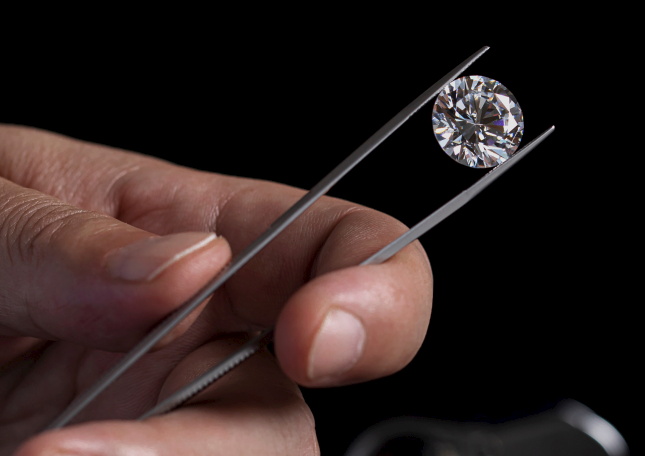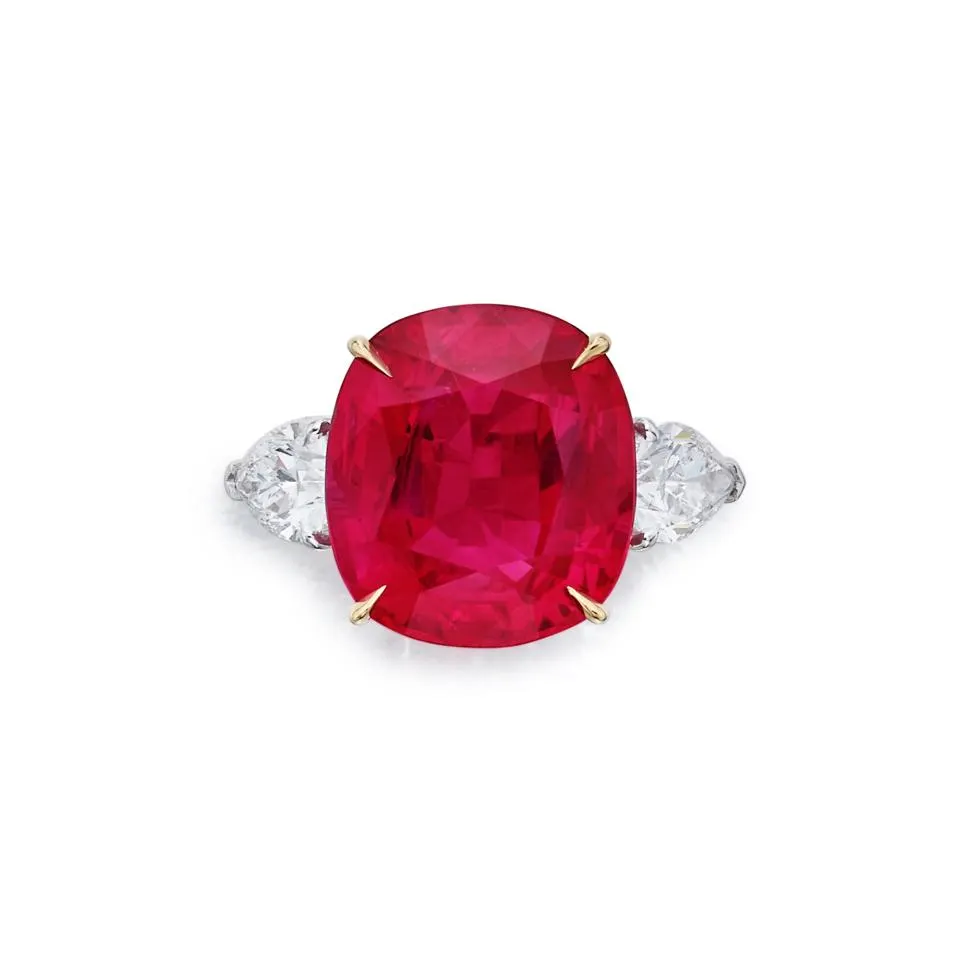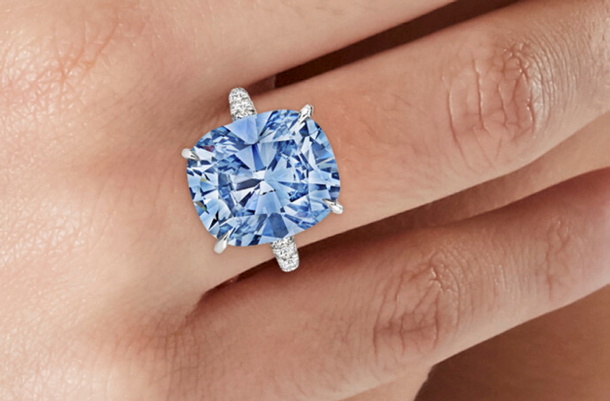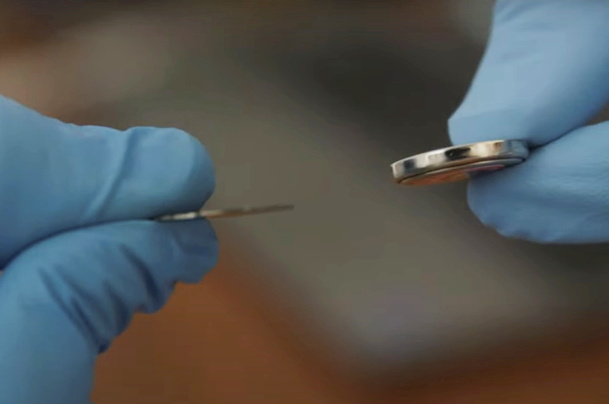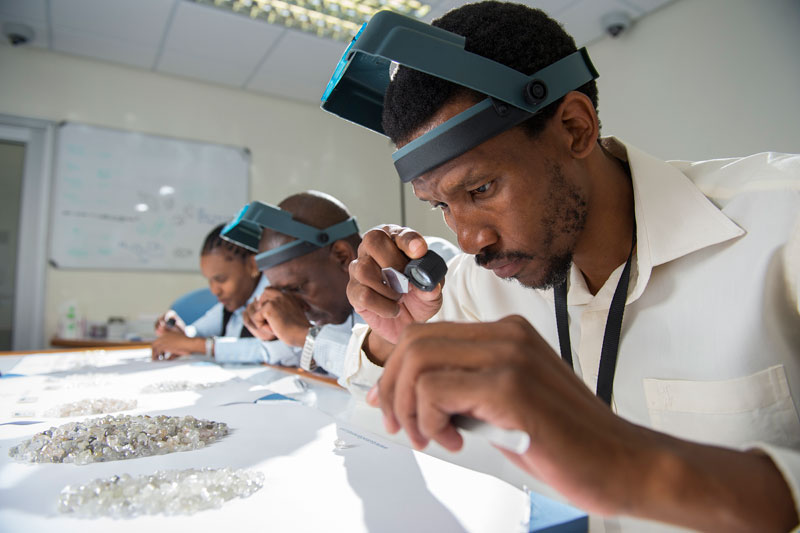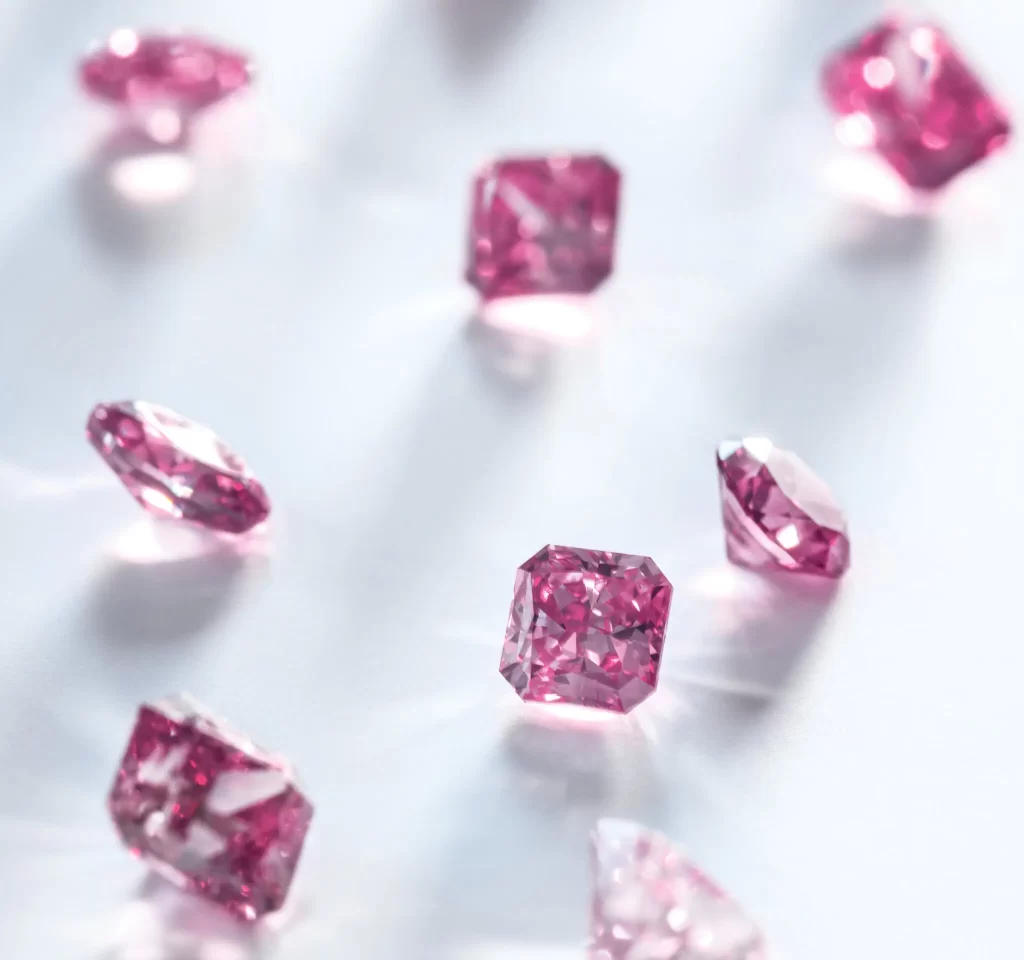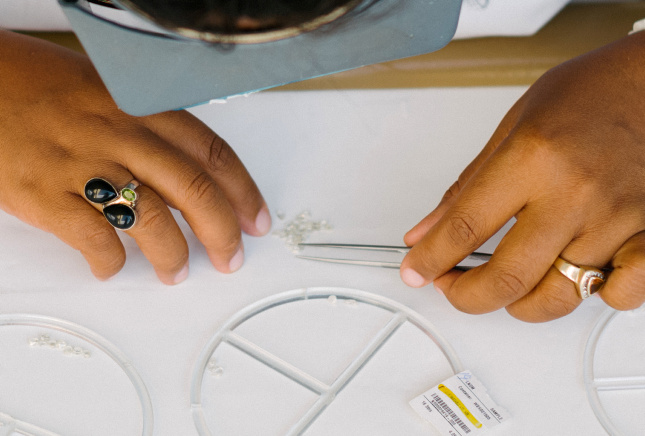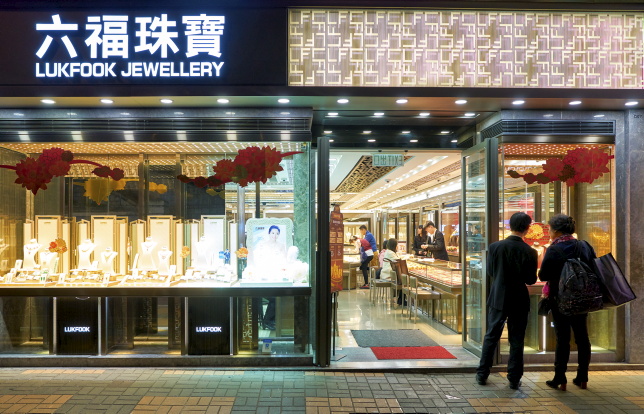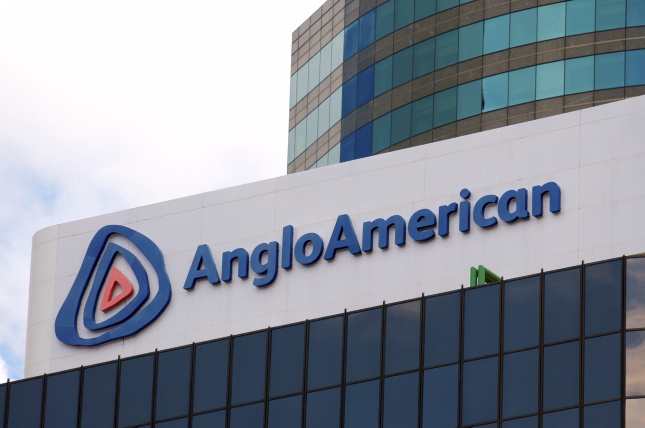
A renewed takeover bid of Anglo American by rival miner BHP is “almost oven-ready,” according to City sources cited by the UK Sunday Times newspaper (12 January).
Australia-based BHP made an unsuccessful bid for the company that owns De Beers last April, increasing from its all-share offer of $39bn to just over $49bn before it was rejected by the Anglo board.
But the six-month cooling-off period imposed by UK regulators is now over and speculation is again mounting that BHP is set for a new assault.
“Anglo’s management have got the bit between the teeth,” one investor with big holdings in both companies told the Sunday Times.
“Ironically, this may make them more of a target. But the price they could demand for Anglo would be higher.”
BHP is keen to acquire Anglo’s copper mines but has made it clear that it has no interest in De Beers, or in its PGM (platinum group metals) assets.
Since the failed BHP bid, Anglo has raised $4bn from the sale of coal mines, and is preparing to dump De Beers and its PGNs, all of which makes it more attractive to BHP.
Anglo announced in May, shortly after the BHP bid, that it would sell or demerge both its diamond and PGM operations (as well as nickel and steelmaking coal) to focus on copper and other more profitable parts of its business.
De Beers, which seen sales slump in 2023, would “be divested or demerged, to improve strategic flexibility for both De Beers and Anglo American,” the company said.
Source: IDEX
